Perennials |
Honey Bees and Perennials
If you haven’t already read it, go into the main Foraging heading on the website and read Honey Bees and Flowers. There is a wealth of fascinating information that won’t be repeated here.
Most of the perennials you will find in this display are ones you are probably familiar with. If you are good at starting things from seed that is the most economical way to grow flowers. Instead of trying to start them indoors wait until the weather is warm, plant them in a seed tray and put them outside in the shade. Make sure they don’t dry out even once or the seeds will not germinate. Many perennials do not bloom their first year.
It is far better to plant large amounts of a couple of flowers than to just plant two or three of many different kinds of flowers. Most of the perennials shown here bloom from mid-summer to fall. We are trying to provide flowering that occurs after the blackberries. That’s when bees have their hardest time finding nectar and pollen.
Lastly, it’s important for you to know that the globe thistle shown is not a thistle. It’s in the aster family and the bees love it. You will, too.
 |
Lavender (L. Angustifolia, L. Hidcote, and others) Blooms: Late spring to mid-summer Zone: 5 to 9 Height: 1’ to 3’ Spread: 1’ to 3’ Sun: Full Water: Low Tolerates: Drought after first year Other: Low organic soil and low fertilizer produce higher concentrations of oils; spring pruning may be in order; deer resistant |
|
Coneflowers (Echinacea spp.) Blooms: July to frost Zone: 3 to 6 Height: 1.5’ to 4’ depending on variety Spread: 2’ to 3’ depending on variety Sun: Full Water: Medium Tolerates: Drought Other: Deer resistant; comes in many colors; tolerant of most soil types |
 |
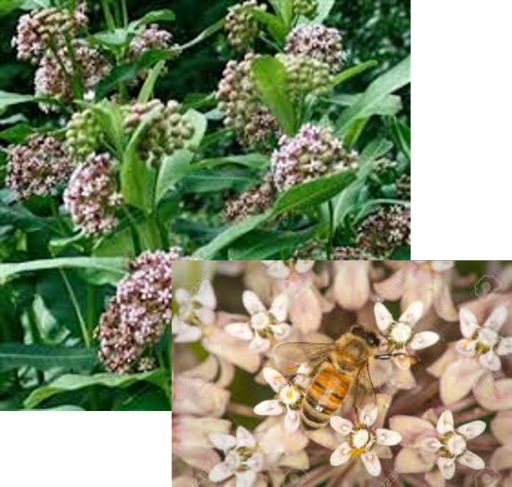 |
Common Milkweed (Asclepsia syriaca) Blooms: Mid to late summer Zone: 3 to 9 Height: 2’ to 4’ Spread: 2’ to 3’ Sun: Full Water: Low Other: Low maintenance; native plant; not deer or rabbit resistant; purplish-pink flowers; milky substance is toxic |
|
Speedwell (Veronica Spicata) Blooms: Mid to late summer Zone: 3 to 8 Height: 2’ to 3’ Spread: 8” to 2’ Sun: Full Water: Low Tolerates: Drought Other: Grows in clumps; miniature varieties available; deer resistant |
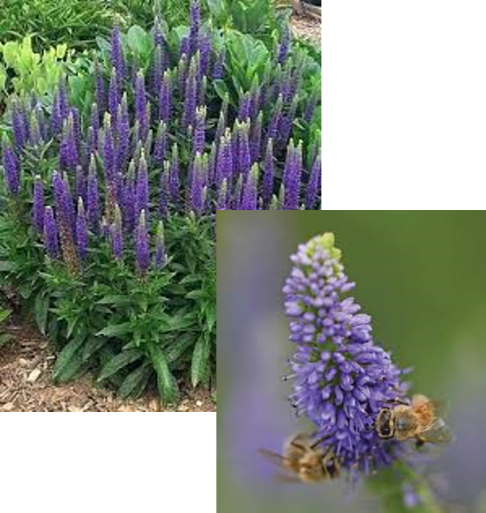 |
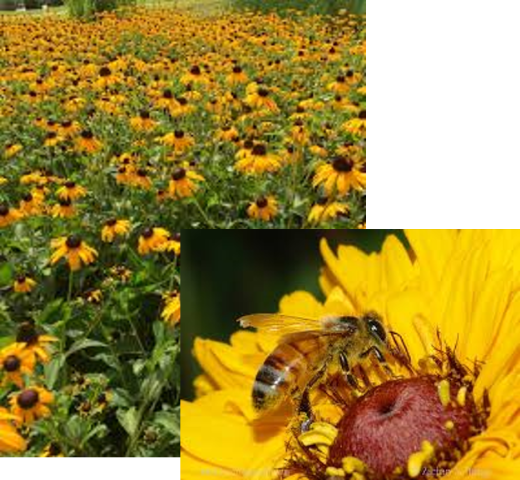 |
Black-eyed Susan (Rudbeckia goldstrum) Blooms: Late summer to fall Zone: 3 to 9 Height: 2’ Spread: 1.5’ to 2’ Sun: Full Water: Low Tolerates: Heat, humidity and clay soils Other: Makes a good cut flower; deer resistant |
|
Beebalm (Monarda spp.) Blooms: Summer through fall Zone: 3 to 9 Height: 1’ to 3’ Spread: 1’ to 3’ Sun: Full Water: Low Tolerates: Drought Other: Deer resistant |
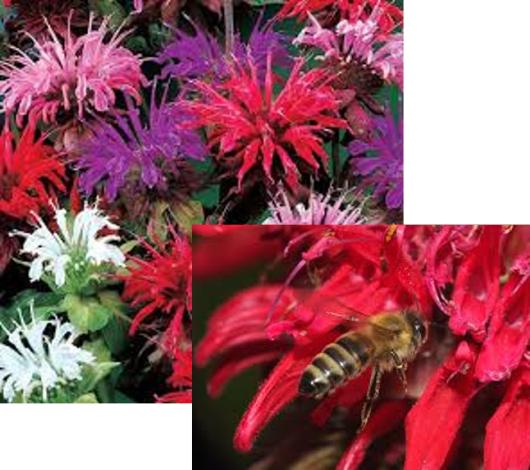 |
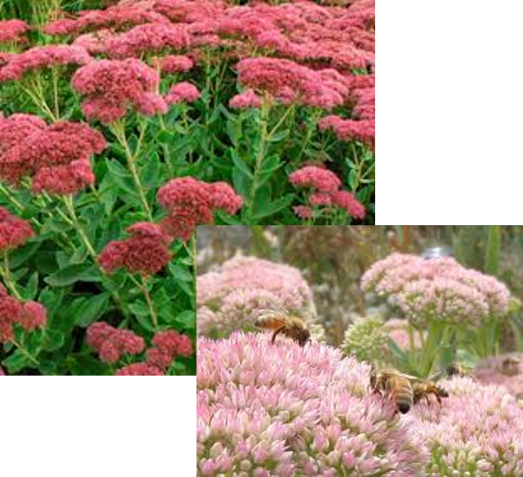 |
Autumn Joy Sedum (Hylotelephium telephium) Blooms: Fall Zone: 3 to 9 Height: 1’ to 2’ Spread: 1’ to 1.5’ Sun: Full to partial sun Water: Low Tolerates: Drought, clay, and shallow soil Other: Clumping habit; not deer resistant |
|
New England Asters (Symphyotrichumnovae-angliae) Blooms: Late summer to fall Zone: 3 to 7 Height: 3’ to 6’ Spread: 6” to 18” Sun: Full to partial Water: Prefers moist rich soil Tolerates: Sandy soil and clay Other: Deer resistant |
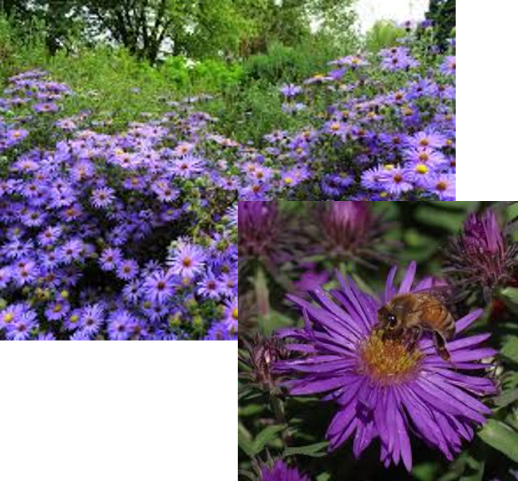 |
 |
Blanket Flower (Galliardagrandiflora) Blooms: Mid summer Zone: 3 to 10 Height: 1’ to 2’ Spread: 1’ to 2.5’ Sun: Full Water: Low to medium Tolerates: Drought, low maintenance Other: Member of the sunflower family, prefers organically rich soil; deer resistant |
|
Globe Thistle (Echinops ritro) Blooms: July to September Zone: 3 to 10 Height: 3’ to 4’ Spread: 1’ to 2.5’ Sun: Full Water: Low to medium Tolerates: Drought, low maintenance, poor soil Other: Not a thistle! Tap-rooted; clump forming; great cut flower; cutting after flowering produces a second smaller cluster of flowers; deer resistant |
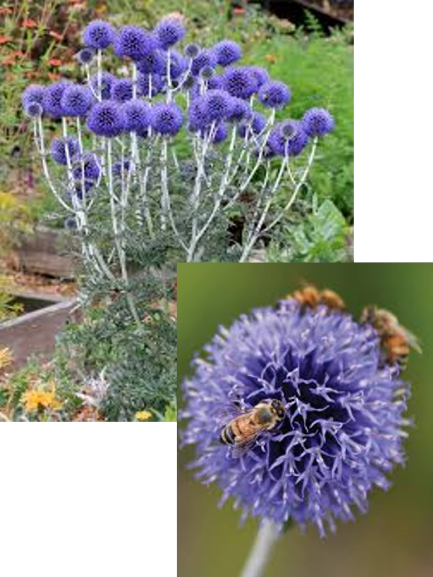 |
Search Website:
Please support our loyal Sponsors! Visit their website by clicking on their logos, or simply visit their businesses and thank them for their support of: Tillamook Beekeepers Association. |
